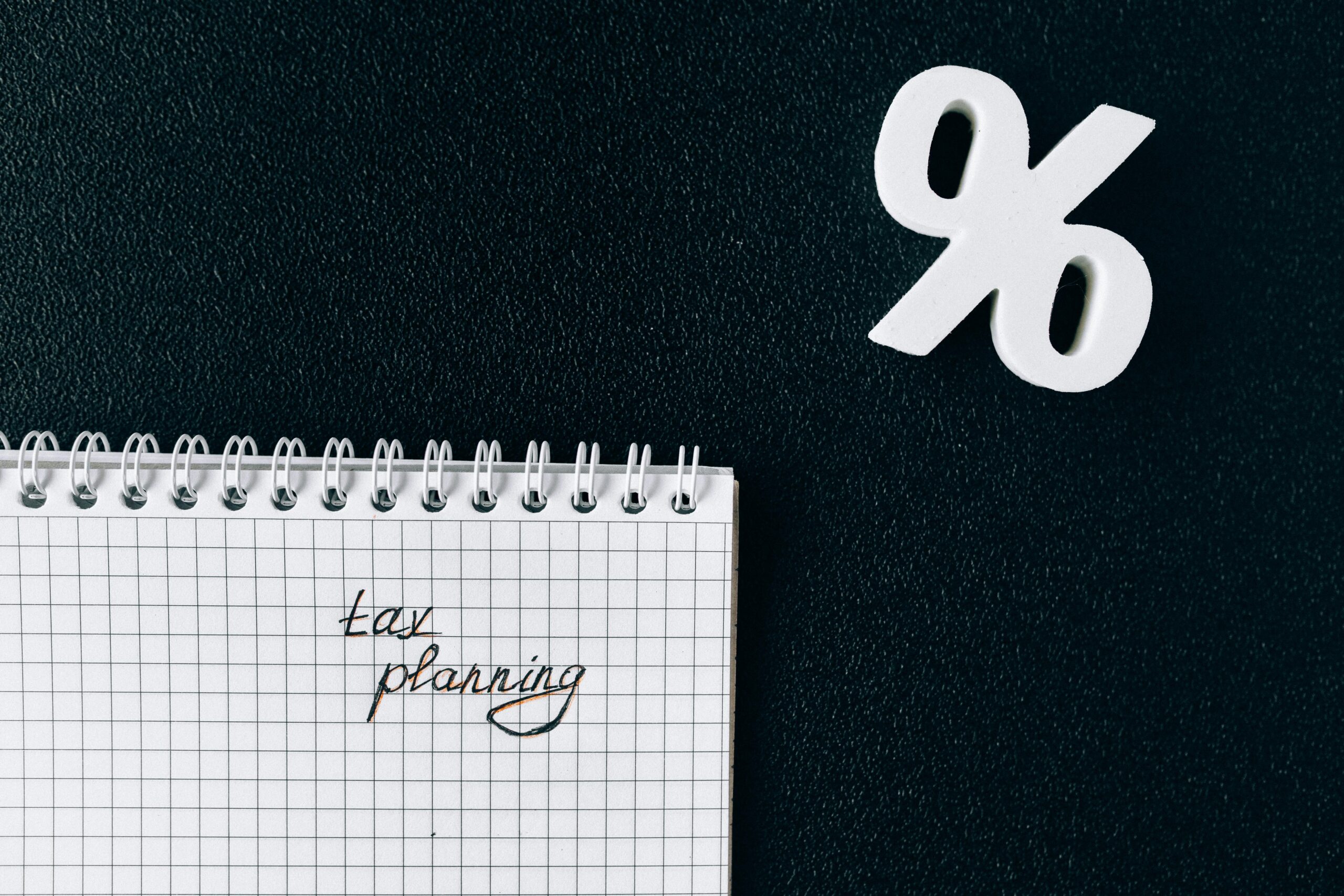Home Office expenses
If you are an employee working from home, you may be able to claim a deduction for the expenses incurred in relation to that work. This can include additional running expenses such as electricity, phone and internet and the decline in value of equipment and furniture.
 Calculation methods
Calculation methods
Depending on your circumstances, there are three calculation methods available to employees for claiming home office expenses.
- Fixed rate method (52 cents)
- Actual cost method
- Shortcut method (80 cents) – only available from March 20 to 30 June 2021
The record keeping requirements and working criteria need to be met in order to use the associated method.
Fixed rate method
The fixed rate is 52 cents for each hour worked from home, allowing you to claim a deduction for additional running expenses incurred while working from home. This rate covers the additional running expenses incurred such as;
- Decline in the value of your home office furniture and furnishings eg desk
- Electricity and gas for heating, cooling and lighting
- Repair costs to your home office equipment, furniture and furnishings
To claim under this method, your records should include one of the following;
- Your hours spent working at home for the year
- A representative diary of a four-week period showing your usual pattern of working at home. This can be applied across the remainder of the year provided your working pattern remains the same.
When using this method you require a dedicated work area such as a home office. This method does not include the following and should be calculated separately;
- Phone expenses
- Internet expenses
- Computer consumables and stationery such as ink
- Decline in value of equipment such as phones, computers and laptops.
If you would like to claim a portion of the above expenses your records will need to include the following;
- Receipts or other written evidence showing the amount spent on each expense and depreciating asset when it was purchased
- Phone accounts identifying work-related calls vs private calls to determine the work-related percentage
- A diary reflecting
- A four-week representative period showing your usual work related use
- Any small expenses ($10 or less) that you could not get a receipt for, this cannot total more than $200
- Your work-related internet use
- The percentage of the year you used depreciating assets exclusively for work
You should be mindful when claiming additional computer, phone or other electronic devices that the expense is incurred and apportioned according to work related and private use.

Actual cost method
Using the actual method allows you to claim a deduction by determining the actual costs incurred while working from home, this may include;
 electricity and gas for heating, cooling and lighting
electricity and gas for heating, cooling and lighting- The decline in value of home office furniture (desk, chair) and furnishings
- The decline in value of phones, computers, laptops or similar devices
- Phone expenses
- Internet expenses
- cleaning (if you have a dedicated work area)
- Computer consumables and stationery such as ink
When using this method you will need to keep the following in your records;
- A record of the number of hours worked from home during the financial year
- A diary for a four-week representative period showing your usual at home work pattern
- To determine the decline in value of depreciating assets
- Keep purchase receipts of each asset, other consumables and stationery
- Record the percentage of the year the asset was used exclusively for work
- To determine the cost of cleaning your designated work area, you will need to add up your receipts and multiply the total by the work floor area of your dedicated work area. This should be apportioned for;
- Any private use of your home office
- Use of the home office by other family members
- Determining the cost of heating, cooling and lighting by working out the following
- The cost per unit of power used by using your utility bill
- Average units used per hour
- Total annual hours used for work-related purposes
- Determine the cost of phone or internet expense by using an itemised bill
Shortcut method
This method aims to simplify how you calculate your working from home deductions by claiming 80 cents per hour for each hour you work from home. Which is recorded by the number of hours worked from home, this can be reflected on a timesheet, roster, diary or documents support the hours worked.
This is a temporary method introduced and can only be used between 1 March to 30 June 2020 in the 2019-20 financial year or during the whole of the 2020/21 financial year.
During these dates you can use this method if you are working from home to fulfil your employment duties not just for minimal tasks such as occasionally checking your emails or phone calls. This method can also be used if you have incurred additional running expenses as a result of you working from home.
Expenses covered by this method include;
 Phone expenses
Phone expenses- Internet expense
- Decline in value of equipment and furniture
- Electricity and gas for heating, cooling and lighting.
When using this method, you cannot claim any other expenses for working from home. If you have previously claimed working from home expenses, it is worth reviewing this method against your normal method used as you may have a higher claim with your normal method used.
What cannot be claimed
There are a few expenses as an employee working from home you cannot claim as a deduction, these include;
- Coffee, tea, milk and other general household items your employer may provide for you at work.
- your children and their education
- Setting up for online learning
- Teaching them at home
- Buying equipment such as iPads and desks
- If your employer pays for or reimburses you for the expenses
- For the decline in value of items provided by your employer such as laptop or phone
Generally, employees cannot claim occupancy expenses such as rent, mortgage interest, water and rates.




